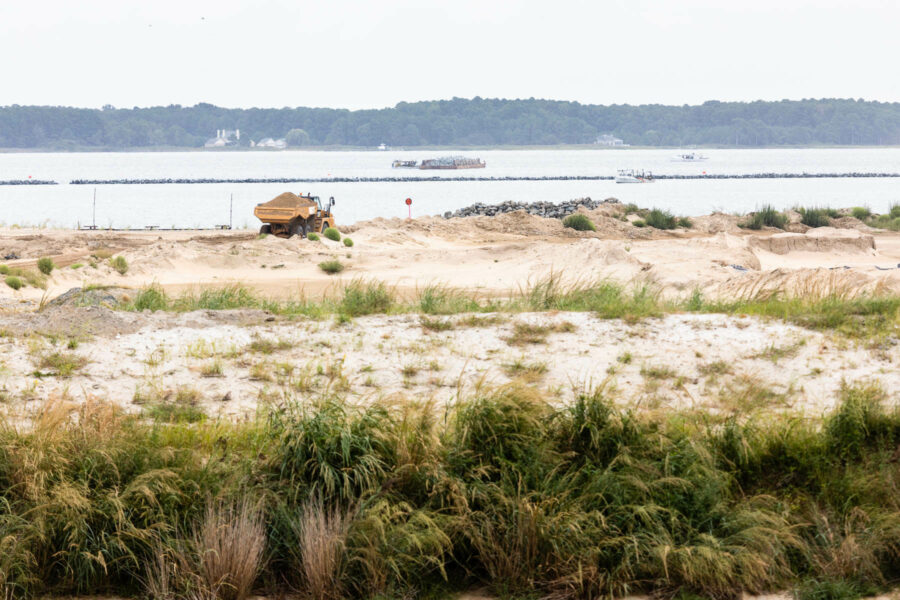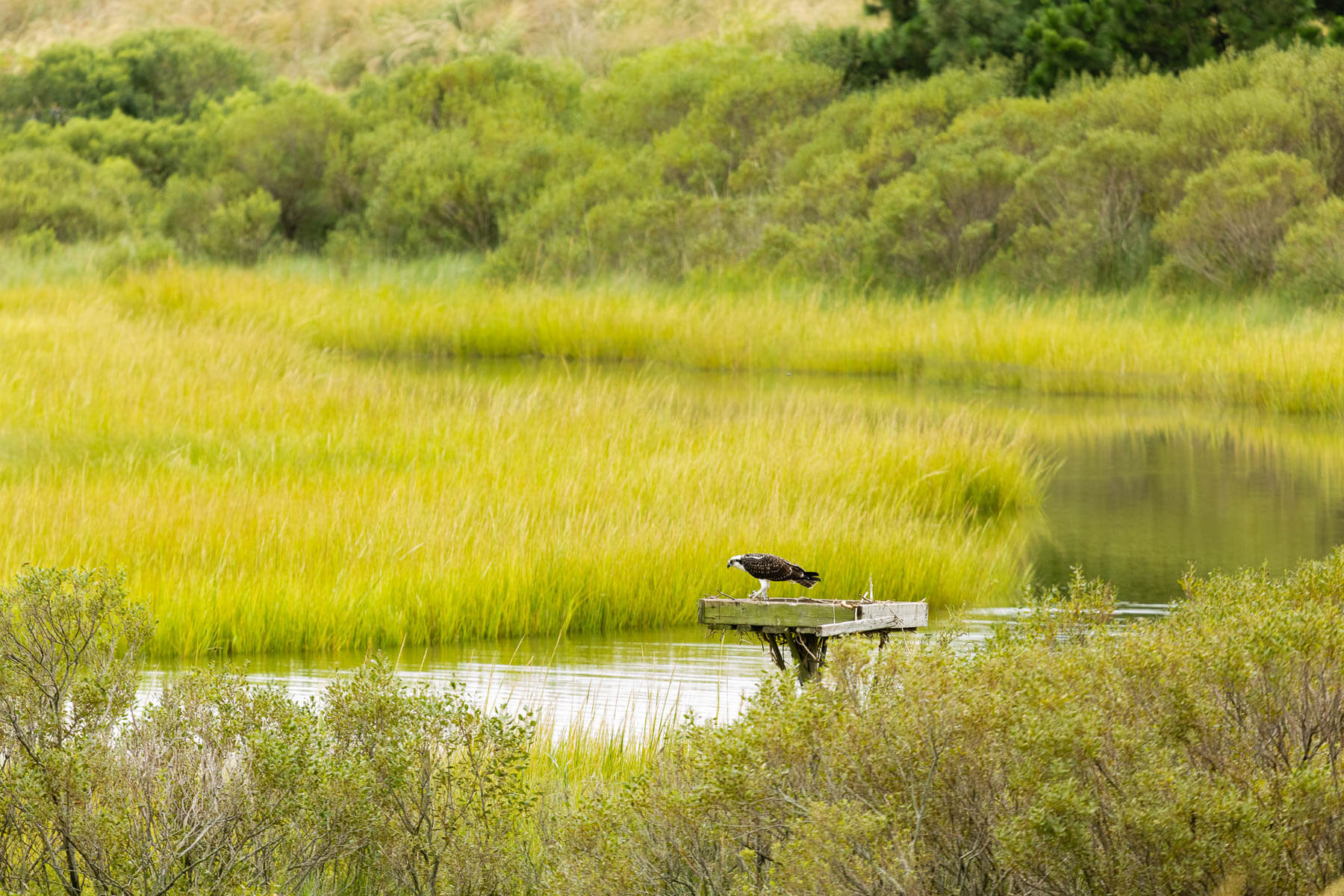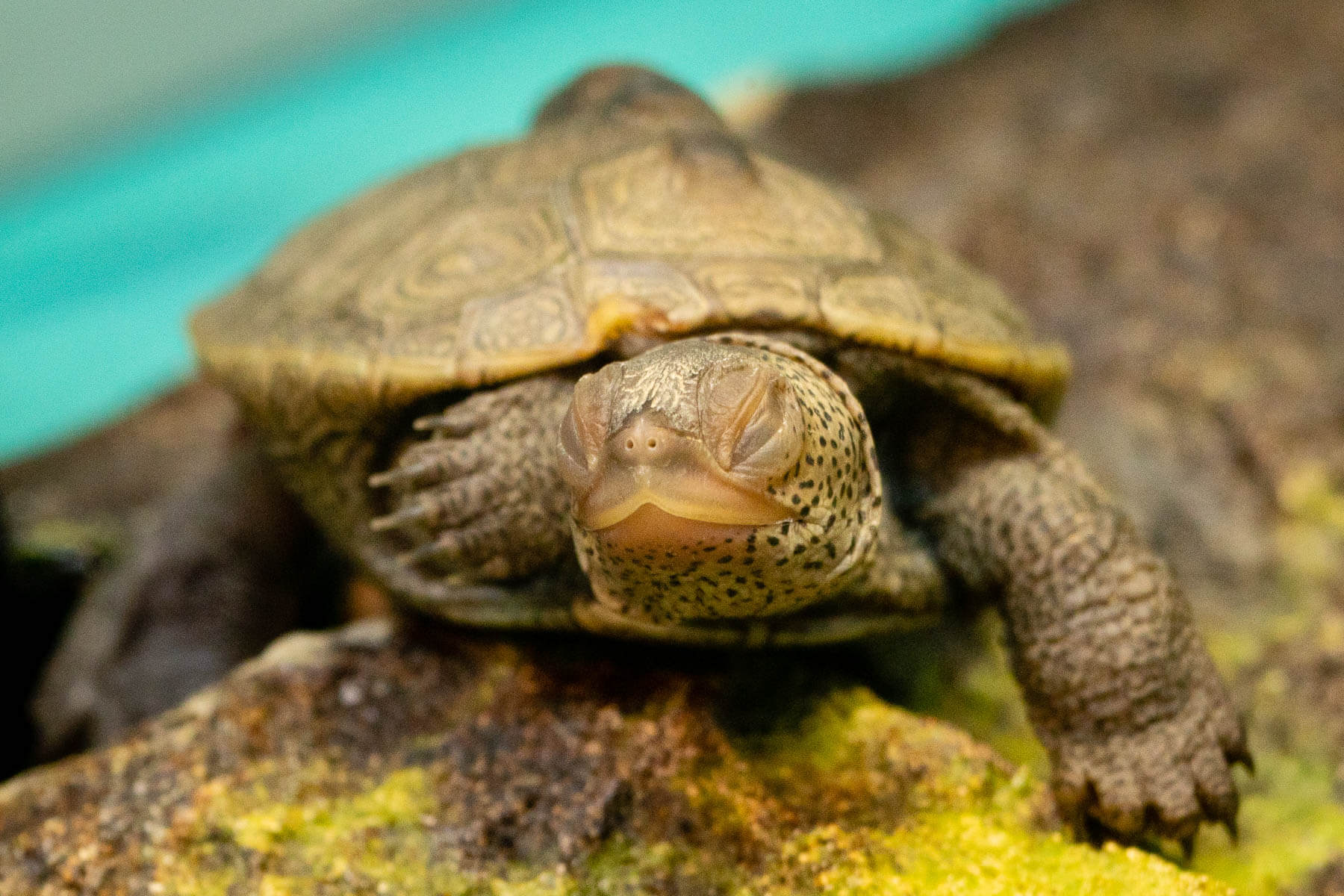Poplar Island restoration gives Chesapeake new life
A restoration project transforms dredged material into valuable wildlife habitat

Poplar Island is full of stories. Since it was first surveyed in the 1800s, the remote Chesapeake Bay island has acted as a base camp for a fleet of British invaders, a short-lived black cat farm, a hideout for bootleggers, a home for a thriving community and a hunting retreat for prominent politicians, including Presidents Franklin Roosevelt and Harry Truman.
However, in the early 1900s, Poplar Island fell victim to rapid erosion, likely due to rising sea levels. By 1993, the island, which had once supported over 2,000 acres of crucial wildlife habitat, had been shrunk down to just five acres of sandy shoal. Poplar Island’s story seemed ready to come to a close.

Poplar’s Second Chance
In 1994, an interagency team from the U.S. Army Corps of Engineers, the Maryland Department of Transportation and the Maryland Port Administration convened to discuss Poplar Island’s future. The team found that since 1850, over 10,000 acres of invaluable island habitat had been lost across the Chesapeake Bay, and that restoring Poplar was an essential first step to saving these vital Chesapeake Bay island habitats, and the impact that their disappearance has on wildlife, birds and waterfowl. The collaboration marked the beginning of the Paul S. Sarbanes Ecological Restoration Project at Poplar Island.
The Poplar Island restoration project is a 50-year-long effort to rebuild the island to its original size and establish a wide range of habitats, including nesting islands, tidal wetlands, open water ponds and forested uplands. Once complete, the island will provide valuable habitat for birds, crabs, fish and shellfish. Its wetlands will also serve as a natural filter to help improve water quality throughout the Bay.
Since 2001, excess sediment has been dredged from the Port of Baltimore’s shipping channels and transported to Poplar Island, where it becomes the foundation for new habitat. The final project will contain about 68 million cubic yards of dredged material and supply a total of 1,715 acres of remote island habitat. The restoration project is scheduled for completion in 2044 and will cost a total of the $1.4 billion.

Poplar Island Today
Although not yet complete, Poplar Island already provides the Chesapeake Bay with over 1,000 acres of flourishing wildlife. Poplar is a valuable migratory resting and nesting spot for over 200 species of shorebirds and waterfowl and is home to hundreds of species of insects and fish. The island is also a nesting ground for diamondback terrapins, with as many as 1,600 terrapins hatched onsite in a year. The restoration team hopes that in the years to come, the island will serve as an international model for effective island restoration.
You can experience Poplar Island’s progress firsthand. Plan your tour by calling the Maryland Environmental Service Poplar Island Tour Coordinator at (410) 770-6503 or emailing at poplartours@menv.com.

Comments
Questions resolved. So many ideas of what is being accomplished. I have been fishing the Popular area from the early '60's when the area was prolific with beautiful Rockfish. So glad to see that the effort is being made to restore the Island however with the solid stone bulkhead, wondering how that is modifying the original island.
It's great to read that some islands in the Chesapeake are being restored. Too bad they can't do the same for melting glaciers.
Thank you!
Your comment has been received. Before it can be published, the comment will be reviewed by our team to ensure it adheres with our rules of engagement.
Back to recent stories